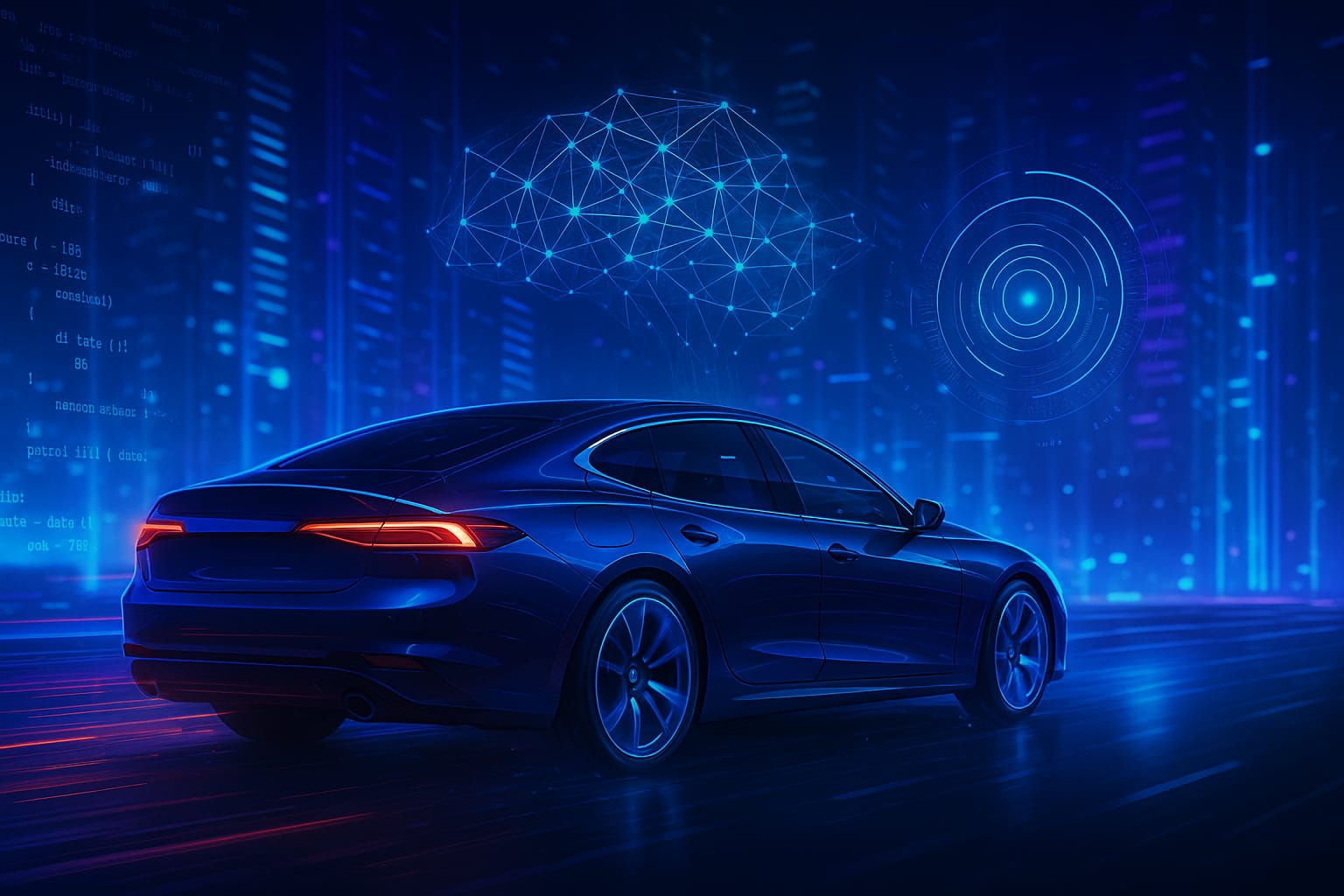The automobile industry is undergoing a major transformation in 2025. It’s not just about electric vehicles anymore—artificial intelligence (AI) is now at the heart of vehicle design, manufacturing, safety, and even how we drive. From autonomous driving systems to predictive maintenance and simulation software, AI is making cars smarter, safer, and more efficient. Here’s a look at the top 7 AI tools revolutionizing the automotive world this year.
1. Tesla Dojo & Full Self-Driving (FSD)
Tesla continues to lead the pack with its custom-built AI supercomputer, Dojo, designed to train deep neural networks for autonomous driving. Its Full Self-Driving (FSD) system uses real-time AI to make complex driving decisions, interpret road signs, avoid collisions, and navigate traffic. In 2025, Dojo’s capabilities have expanded even further, processing petabytes of data to improve Tesla’s fleet intelligence.

Why it matters: Tesla’s AI systems are pushing the boundaries of what driverless technology can achieve.
Based in the UK, Wayve is building an AI-first driving software that learns end-to-end driving from video data rather than relying on HD maps. This camera-first approach helps it adapt to various urban environments without needing extensive mapping infrastructure.
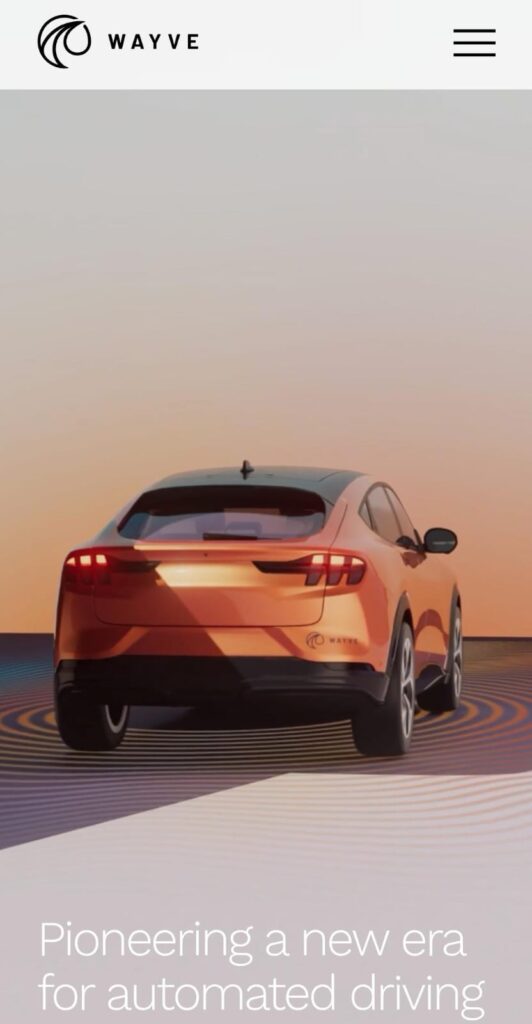
Why it matters: Wayve’s self-learning system can handle unpredictable road conditions, making it ideal for cities around the globe.
For DIY enthusiasts, Comma.ai’s OpenPilot offers an open-source driver assistance system that can be installed on compatible vehicles. It supports features like adaptive cruise control, lane centering, and driver monitoring using AI-powered vision systems.
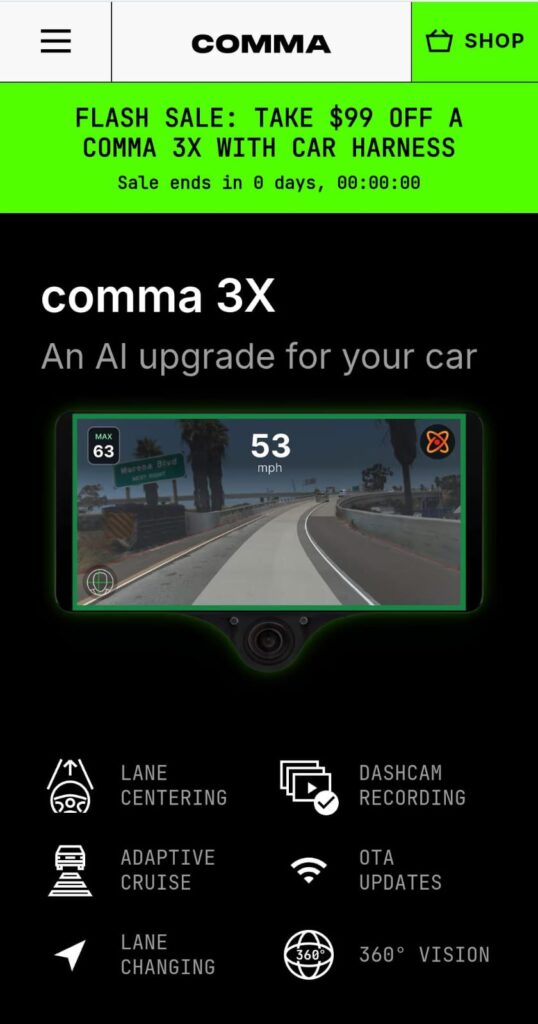
Why it matters: It democratizes access to advanced driver-assist features, bringing Tesla-like tech to other car brands.
AImotive delivers scalable, modular self-driving solutions to automotive manufacturers. Their AI stack includes vision-first perception, sensor fusion, and motion planning—all developed to integrate easily into OEM workflows.
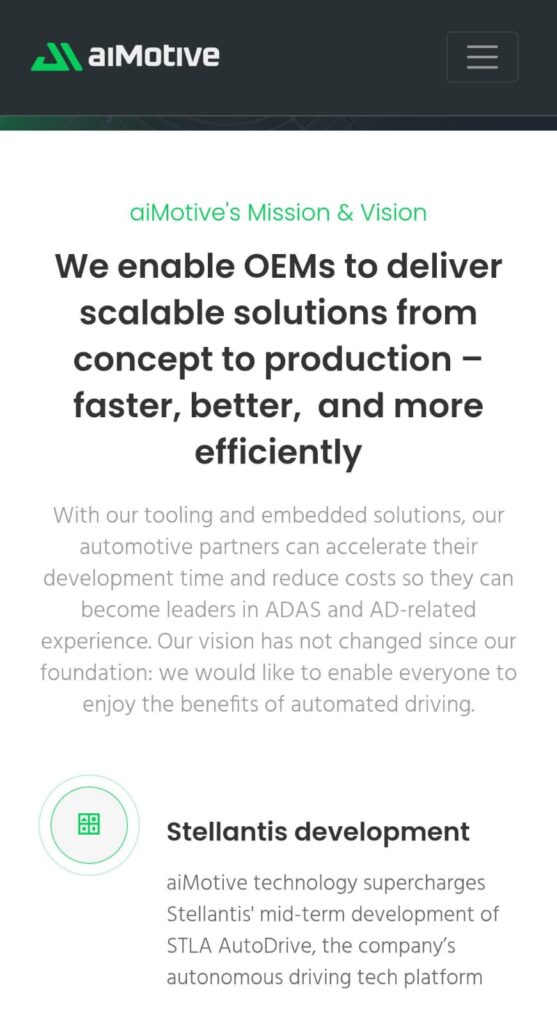
Why it matters: It allows automakers to accelerate their autonomous driving initiatives without building everything from scratch.
The NVIDIA Drive platform powers autonomous systems with advanced AI compute hardware and software. It supports real-time perception, path planning, and driver monitoring, and it’s used by industry giants like Mercedes-Benz, Volvo, and Hyundai.

Why it matters: With its high-performance AI chips and scalable architecture, NVIDIA is the backbone of many autonomous driving projects.
6. Cognata Simulation Platform
Cognata provides realistic simulation environments that train and validate autonomous vehicles. Their AI-driven platform replicates urban, suburban, and highway conditions, allowing companies to test how AI models react to complex scenarios without putting real cars on the road.
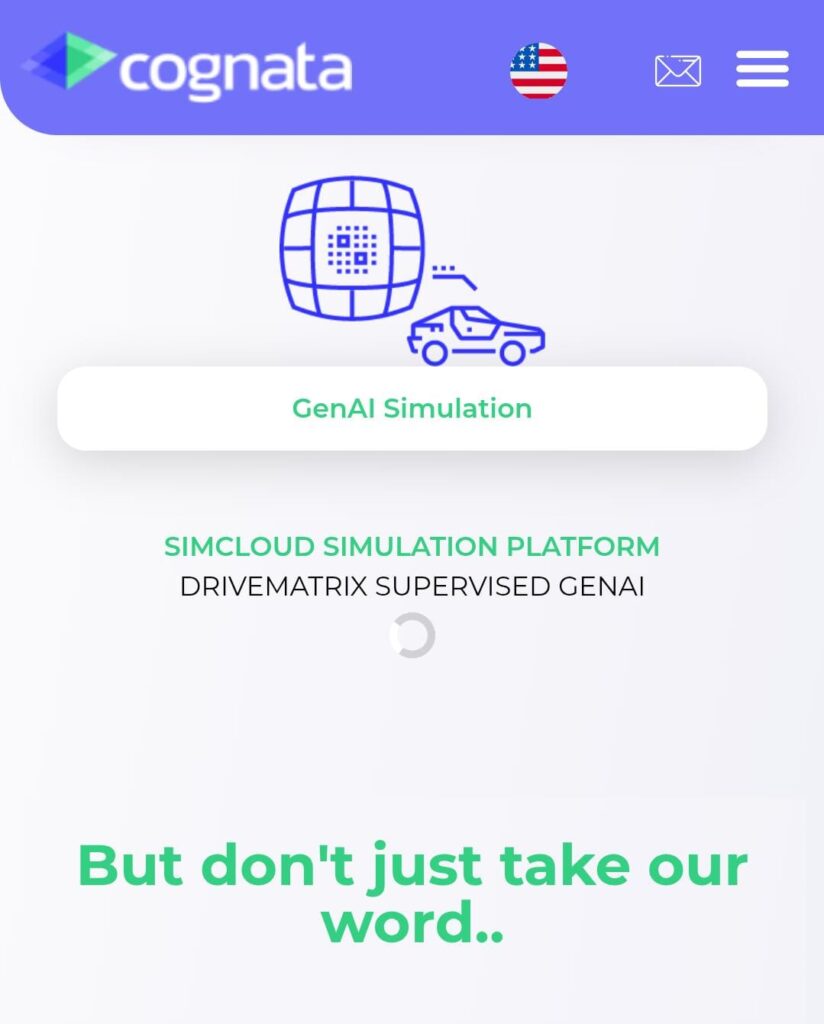
Why it matters: It dramatically speeds up development and increases safety by reducing reliance on real-world testing.
7. Prophesee Event-Based Vision AI
Prophesee is redefining automotive safety with its event-based vision sensors. Unlike traditional cameras, these sensors detect changes in motion and light, enabling ultra-fast response times. They’re ideal for advanced driver-assistance systems (ADAS) and real-time object tracking.

Why it matters:Prophesee’s technology adds a critical layer of situational awareness, improving safety in high-speed or unpredictable environments.
Conclusion
AI is no longer a futuristic concept in the auto industry—it’s a present-day game changer. From DIY retrofits to enterprise-grade simulation tools and self-driving supercomputers, these AI solutions are setting new standards in safety, efficiency, and user experience. As these tools continue to evolve, they promise to make driving smarter and safer for everyone on the road.
Also Read : Upcoming EV Cars from Ford and Tesla in 2025: What to Expect Top 5 Fitness Tech Gadgets to Keep You Active in 2025

